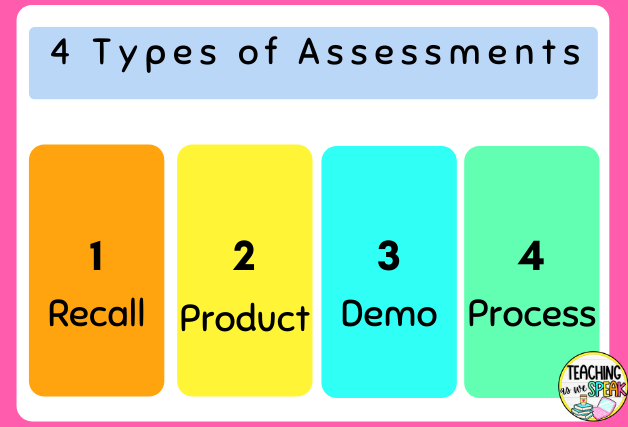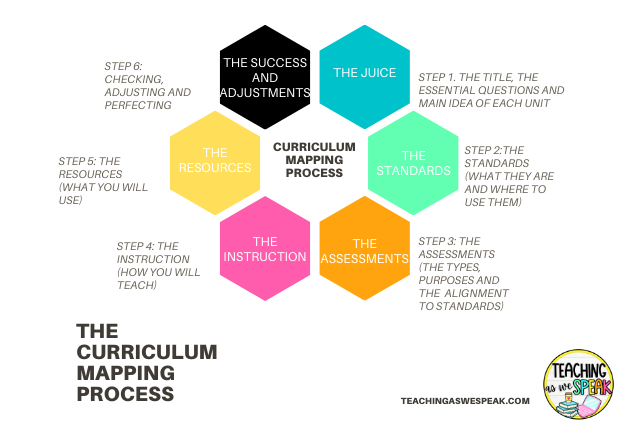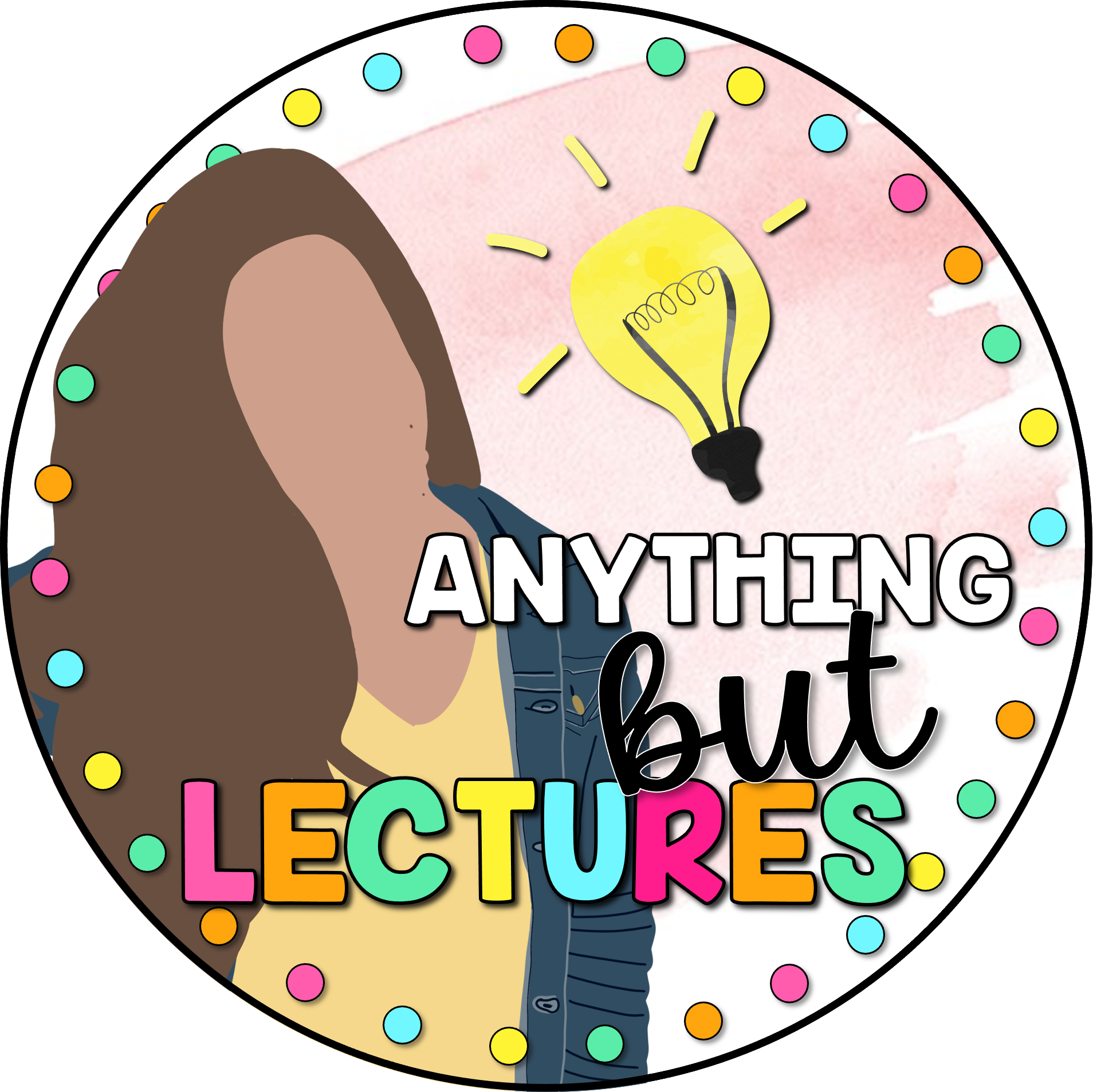Standing naked while doing a presentation. Dropping your 3-D model of Moby Dick on your way to school. Forgetting everything the moment you begin that final exam. There are 4 types of assessments for students, and it seems that we have all had these momentary (or maybe not just momentary) fears for each of them.
Now, as a teacher, it appears to me that teachers fear assessments just as much as their students. This is for 3 main reasons:
- Teachers don’t understand what the 4 types of assessments for students are
- They don’t know how to incorporate these assessments into their planning
- They are time-consuming
In this blog post, I will share the 4 types of assessments for students, as well as dig into these 3 main concerns shared by most teachers.
Want to better understand the curriculum mapping process? Click here to download my free “Roadmap to Curriculum Mapping Success.”
The 4 Types of Assessments for Students
In this section, you will find a description of each type of assessment, as well as examples.
- Recall.
A recall assessment is when you are requiring that students recall information they have been taught in order to show that they have learned the information, remember it, and can apply it to different situations. Some examples of recall assessments are quizzes and tests.
- Product.
A product assessment is when students are producing something to show their learning. Think 3d models, a game the student has created, or anything else they have made with their own two hands.

- Demonstration.
Demonstration assessments are performance-based. Students are showing you what they have learned by performing a skit, reenactment, monologue, dance, or debate.
- process. students are reflecting on the process of creation/working
A process assessment could include a product or demonstration that the students have done. However what students would be evaluated on is a reflection at the end where students think back, describe and evaluate their own process of creating such product or demo.
What if I choose to include multiple types of assessments for students in one task?
You may be thinking, what if I want to have students create a product, give a presentation to talk about it, and reflect on the process on a post-project reflection?
This can be done, however, it would need to be reflected in the rubric or other assessment tool you are using. For example, students would need to be evaluated on the work they did for the product, the way they presented it (voice volume, making eye contact, memorizing their speech), and the written reflection at the end (student showed they could identify strengths, weaknesses, identified areas they wish to improve, etc…)

In my opinion, 3 assessment types for one rubric is a bit much. I would suggest picking a maximum of two types of assessments for one task.
Instead, sprinkle your types of assessments throughout the year. Making sure your assessments are well-thought-out is part of the curriculum mapping process. Click here to download your free “Roadmap to Curriculum Mapping Success.”
Should I use all 4 types of assessments?
Yes. Is that direct enough? Haha!
You should definitely be using all 4 types of assessments throughout the year. You do not need to use all 4 every term or quarter. However, you must allow for students to learn to show their learning in different ways.
Can I allow students to choose their own type of assessment?
This is an option, and a great way to allow for student choice. Click here to read my recent blog post about student choice.
If students excel better at public speaking, why not give them the option to do a presentation rather than create something.
I would not always allow for this type of student choice when it comes to assessments. I will tend to have one project in the year (typically near the end of the year) when I will let students choose their type of assessment that they will be evaluated on.
Click here to download “The Roadmap to Curriculum Mapping Success.”
How should I plan for the different types of assessments?
Choosing your types of assessments should be done when you are curriculum mapping at the beginning of the year.

Your assessments should do a few things…
- Relate to the topic of your unit
- Allow students to show their ability to answer the essential question of the unit
- Fit with the goal of the unit
- Be directly aligned with your teaching standards that you are assessing
Click here to read my recent blog post about curriculum mapping.
Final thoughts….
Assessments can not only be helpful in ensuring students have met the standards, but they can also be engaging and fun for everyone involved.
I love seeing what students create or show when I allow them to be creative. While not all assessments are fun (sorry tests, but you’re not my fave), they can be very memorable if you deliver them with excitement and enthusiasm.
Do you have a memorable assessment story? Comment below! We’ll take the good, the bad, and the ugly!
PS-Be sure to download your free “Roadmap to Curriculum Mapping Success.”





4 thoughts on “The 4 Types of Assessments For Students You Must Include In Your Planning”